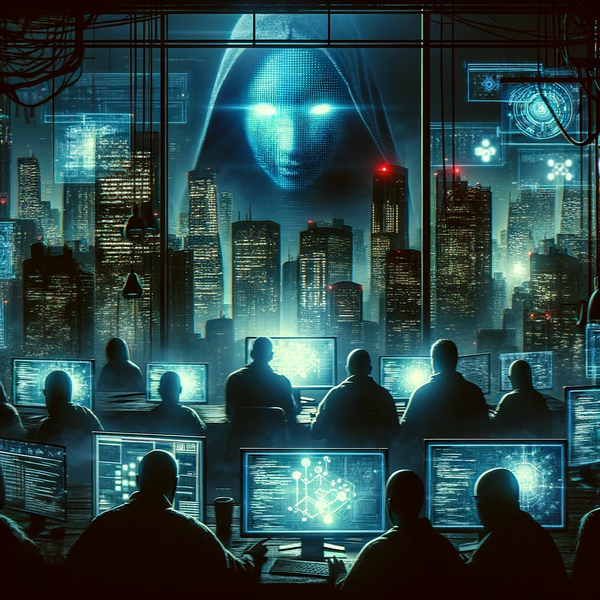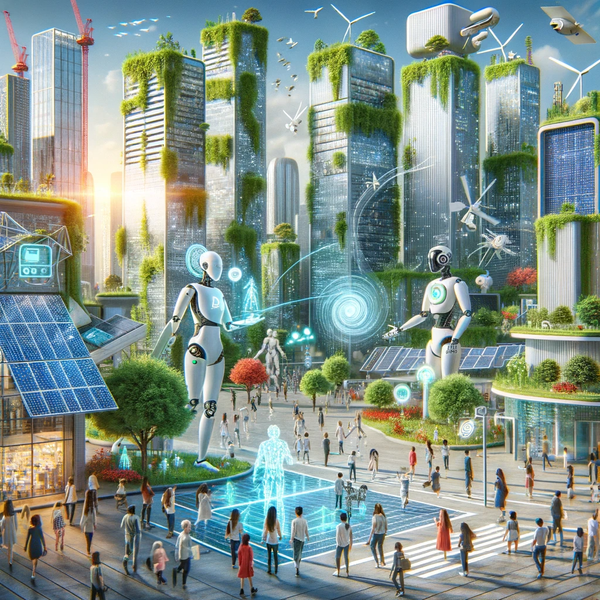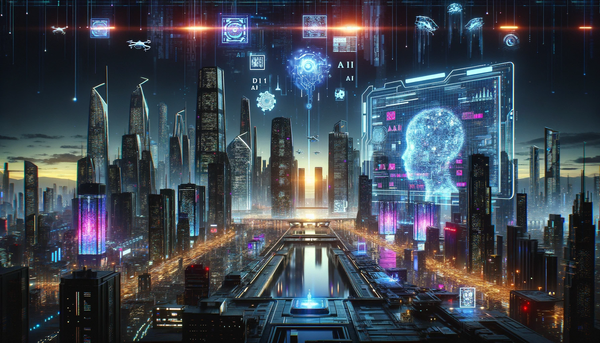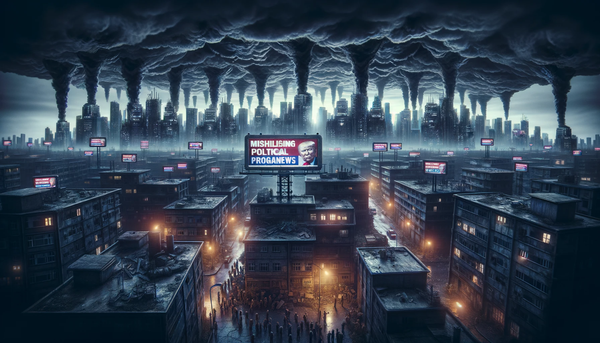Deepfakes and the Impending Age of AI Disinformation: A Dark Glimpse into Our Future
In a world dominated by Deepfakes and generative AI, the line between truth and deception has never been thinner. From the Bing Image Creator to ChatGPT, the digital realm is rife with potential falsehoods.
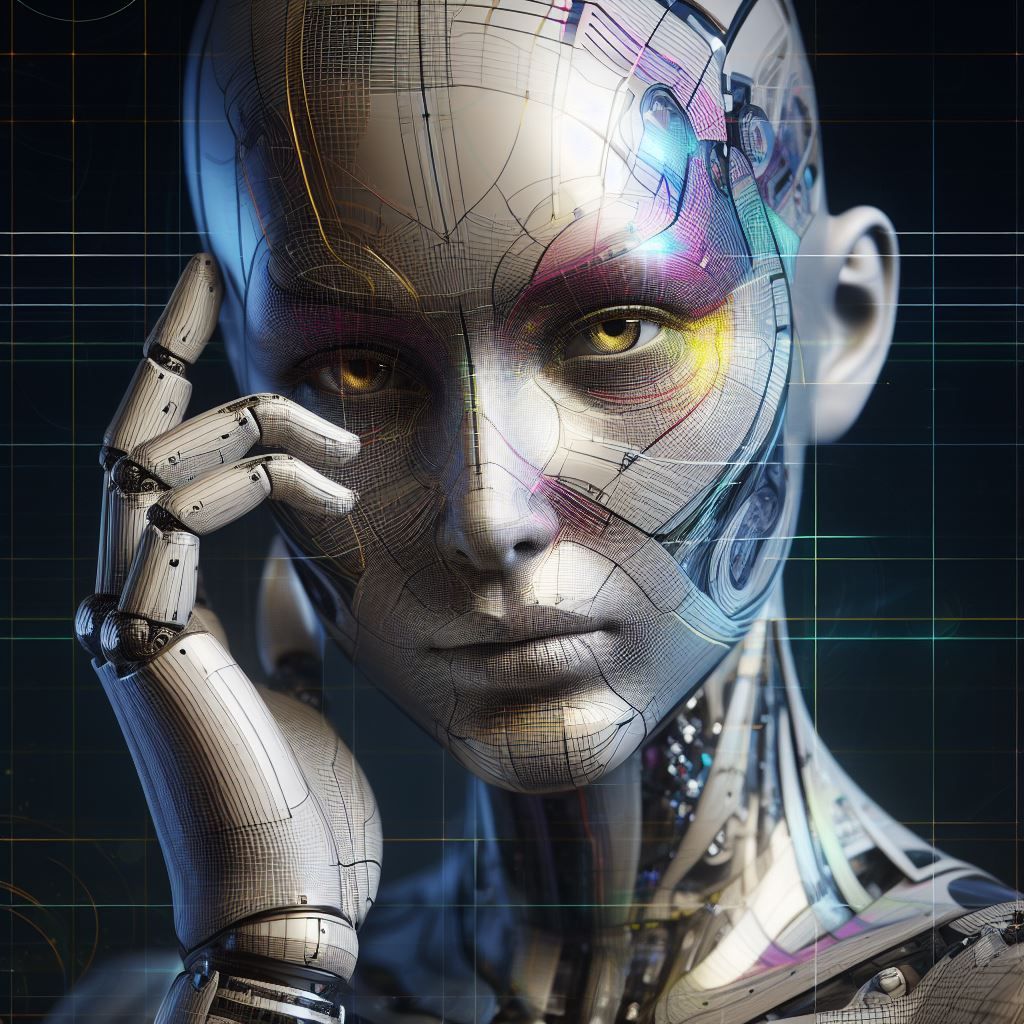
In the digital age, where information travels at the speed of light, the line between fact and fiction is becoming perilously blurred. Enter Deepfakes, a sinister offspring of generative AI, threatening to immerse our world in an impenetrable fog of disinformation.
Imagine this: You're scrolling through your favorite news site, and a video catches your attention. It shows a world leader declaring war. Panic rises, global stock markets tumble, and nations are on high alert. But there's a twist – the video is a fabrication, a product of AI and Deepfake technology. The person never uttered those words, yet the world reacts as if they did.
The term "Deepfake" originates from a combination of "deep learning" and "fake". Using advanced generative AI algorithms, these programs can produce hyper-realistic, yet entirely false, images, videos, or even voice recordings. The Bing Image Creator, for instance, can craft images so lifelike they're almost impossible to differentiate from reality. Similarly, tools like ChatGPT can generate human-like text, potentially spreading disinformation with the same ease as real humans.
The implications of these advancements are chilling. Every photo, every video, and every piece of content we consume could be tainted by the unseen hand of AI, leading us into an era where truth becomes the rarest of commodities.
What's even more troubling is how Deepfakes can be weaponized. Blackmail, political sabotage, or even manipulating public opinion on global issues – the potential avenues for chaos are endless. In a world where seeing is no longer believing, every individual, organization, and nation becomes vulnerable to the shadows cast by AI-generated falsehoods.
While many might argue that technology will inevitably devise solutions to detect Deepfakes, it's a ceaseless arms race. As detection methods improve, so does the sophistication of Deepfakes. It's a battle of cat and mouse, with the unsettling possibility that the mice might just outsmart the cats.
Several instances have already arisen where Deepfakes have caused ripples of chaos. From fake celebrity videos to hoaxes that stirred political unrest, the danger is not on the horizon – it's already here. And with tools becoming more accessible to the masses, it's not just the tech-savvy elite we need to be wary of. Anyone with a rudimentary understanding of these platforms can unleash a storm of deception.
Moreover, the inherent trust we place in digital content is eroding rapidly. That spontaneous video clip on social media or that seemingly genuine testimonial? They could all be figments of an AI's imagination. The term 'fake news' would take on an entirely new, more menacing meaning, with generative AI and Deepfakes at its helm.
In conclusion, the very fabric of our information ecosystem is at stake. Generative AI, once hailed as the frontier of innovation, now casts a dark shadow upon our digital world. Deepfakes, Bing Image Creator, ChatGPT – these are not just buzzwords. They are harbingers of an age where truth becomes elusive, and trust, a luxury.
As we navigate this brave new world, skepticism must be our ally. Our reliance on digital content demands a recalibration. It's a world where every video watched, every image seen, and every article read must be approached with caution. Because in the age of AI and Deepfakes, reality is no longer what meets the eye.
